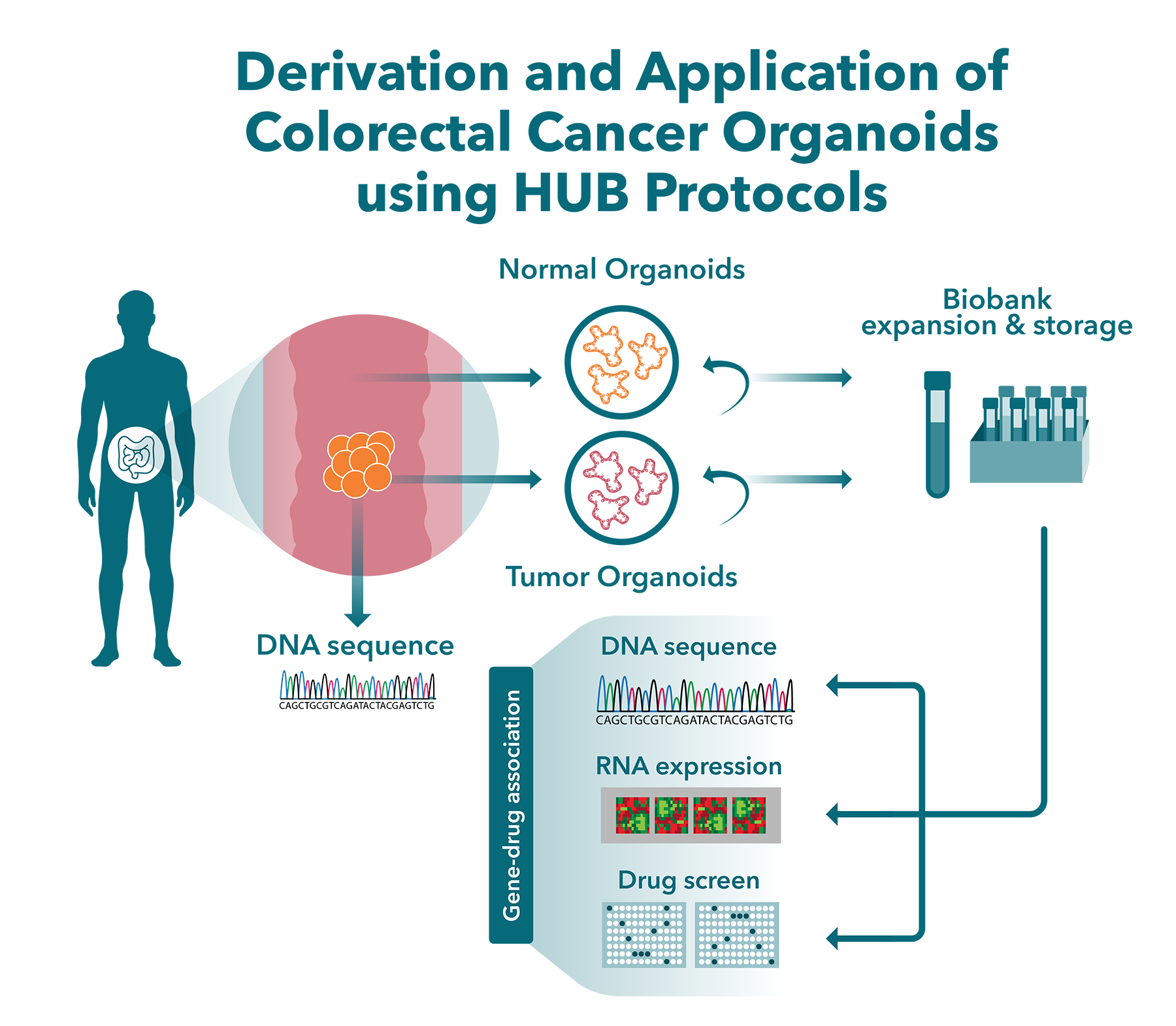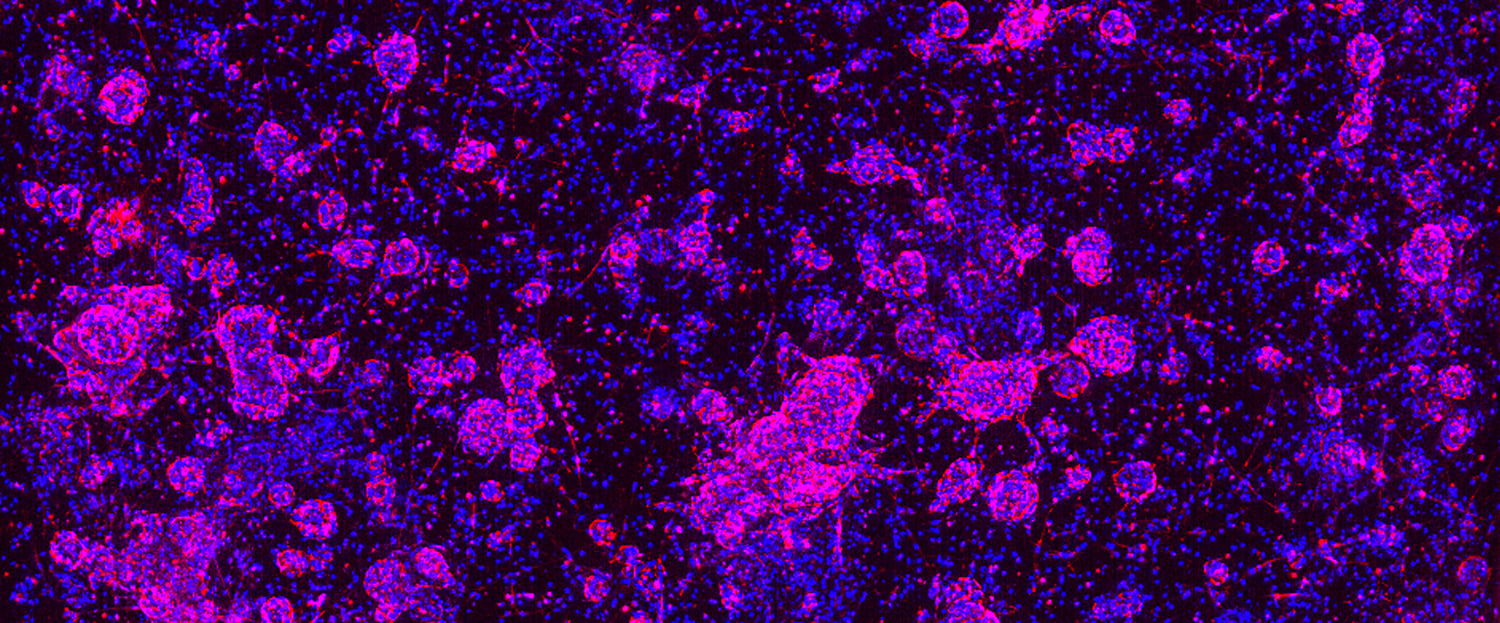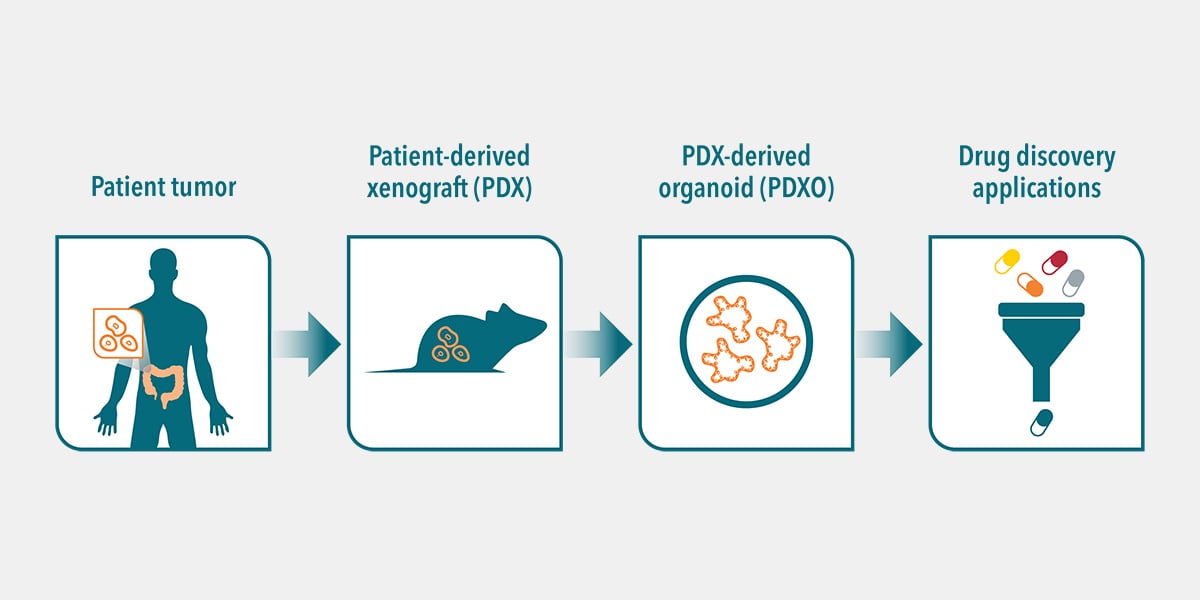 Review organoid culture techniques and applications, with a focus on tumor organoids developed via HUB protocols.
Review organoid culture techniques and applications, with a focus on tumor organoids developed via HUB protocols.
What are Organoids?
Over the last decade, stem cell biology has become a powerful tool in the development of organ-specific culture conditions in vitro. More recently within this field, organoid and tumor organoid systems have emerged as a robust and exciting advancement in in vitro platforms.
Organoids are a 3D stem cell culture system, representing miniature imitations of organs. They are derived from self-renewing stem cell populations, which differentiate and organize themselves into a miniature form of the particular organ, keeping genetic stability intact.
Organoid technology has also been established as models of disease, e.g. cancer (tumor organoids), cystic fibrosis. This was initially developed by the Clevers’ lab, with the generation of organoids from colorectal cancer patients. These studies showed that tumor and “normal” organoids could be derived from colorectal carcinoma patients and healthy counterparts.
Organoid Culture
There are various methods and protocols from different research groups for culturing organoids. As a starting point, organoids can grow from pluripotent stem cells or tissue-specific progenitor cells, embryonic stem cells, or donor tissue. Organoids grow from adult stem cell populations from small amounts of tissue biopsies by recapitulating the tissue structure and organ, therefore mimicking organ functions in vitro.
Culture methods, which have been reported so far, include:
- The Clevers lab 2009 and 2012 protocols for growing intestinal organoids from intestinal adult stem cells, using a 3D matrix with growth media including growth factors specific for intestinal organoids.
- A protocol for growing pancreas and liver organoids, published by a group led by Meritxell Huch at the Gurdon Institute, using an extracellular matrix (ECM). An ECM supports the growth of organoids in the form of 3D cultures by replicating cell-cell and cell-ECM interactions as in living organisms.
- The use of an air-liquid interface for the generation of intestinal organoids from tissue, reported by Calvin Kuo’s group.
- Using StemFit containing human albumin proposed by Ryuji Morizane and Joseph V. Bonventre in 2016 for the culture of kidney organoids from human pluripotent stem cells, using low adhesion lipidure-COAT plates.
- A successful generation of light responsive retinal organoids from pluripotent stem cells by Majlinda Lako and co-workers.
Tumor Organoid Culture – HUB Protocols
Since tumor organoids as we define them today were first described by the Clevers lab, this method of organoid development is often considered superior and is well-published by other researchers. The HUB protocols build on an understanding of adult stem cell biology to target specific regulatory pathways essential for in vitro expansion of stem cells.
Protocols from this team were the first to show organoid generation from patient disease biopsy samples, with de novo development of 3D self-organizing tissue in vitro from adult stem cells. These “HUB organoids” also have the capability to self-renew and expand, and recapitulate somatic copy number and the mutation profile of the parental cancer patients.
These methods allow the continuous growth of organoids from biopsy samples without too many effects on the complex process of tissue morphogenesis. Organoid genetic and phenotypic stability is maintained, as is organ functionality recapitulating the tissue of origin.
This technology has allowed the establishment of patient-derived in vitro organoid models of both healthy and diseased organs. These organoids provide a powerful model platform bridging in vitro cancer cell lines and in vivo xenografts, amenable to high-throughput drug screening.
Applications of Organoid Technology
Organoid technology is providing the basis for new approaches to preclinical drug development, patient stratification, and predictive diagnostics.
Organoids closely recapitulate patient clinical responses by maintaining the patient’s original phenotypic and genotypic characteristics. This provides an ideal platform for preclinical drug discovery screening and target discovery, that is directly representative of clinical outcomes.
Organoids could potentially revolutionize the complex and expensive process of preclinical drug development, due to many existing preclinical model systems lacking this direct patient relevance. Organoid models also provide a drug screening option for personalized medicine approaches, where they reflect clinical responses of individual human patients to treatment.
Within clinical development programs, organoids serve as models for patient stratification in clinical trials based on responder and non-responder populations. This powerful model can be run as a side by side co-clinical trial, as a unique tool for identifying molecular biomarkers, drug efficacy, safety, and mechanistic data.
Summary
Organoids are unique models which can be easily manipulated based on specific research aims. The organoid model is an easy approach for basic, translational, and clinical research due to highly robust and consistent results.
Above all, the long-term expansion of organoids allows for use in prolonged studies at significantly lower costs than primary cell systems of patient-derived samples. Furthermore, disease specific collections of organoids enable preclinical stratification of patient populations.









